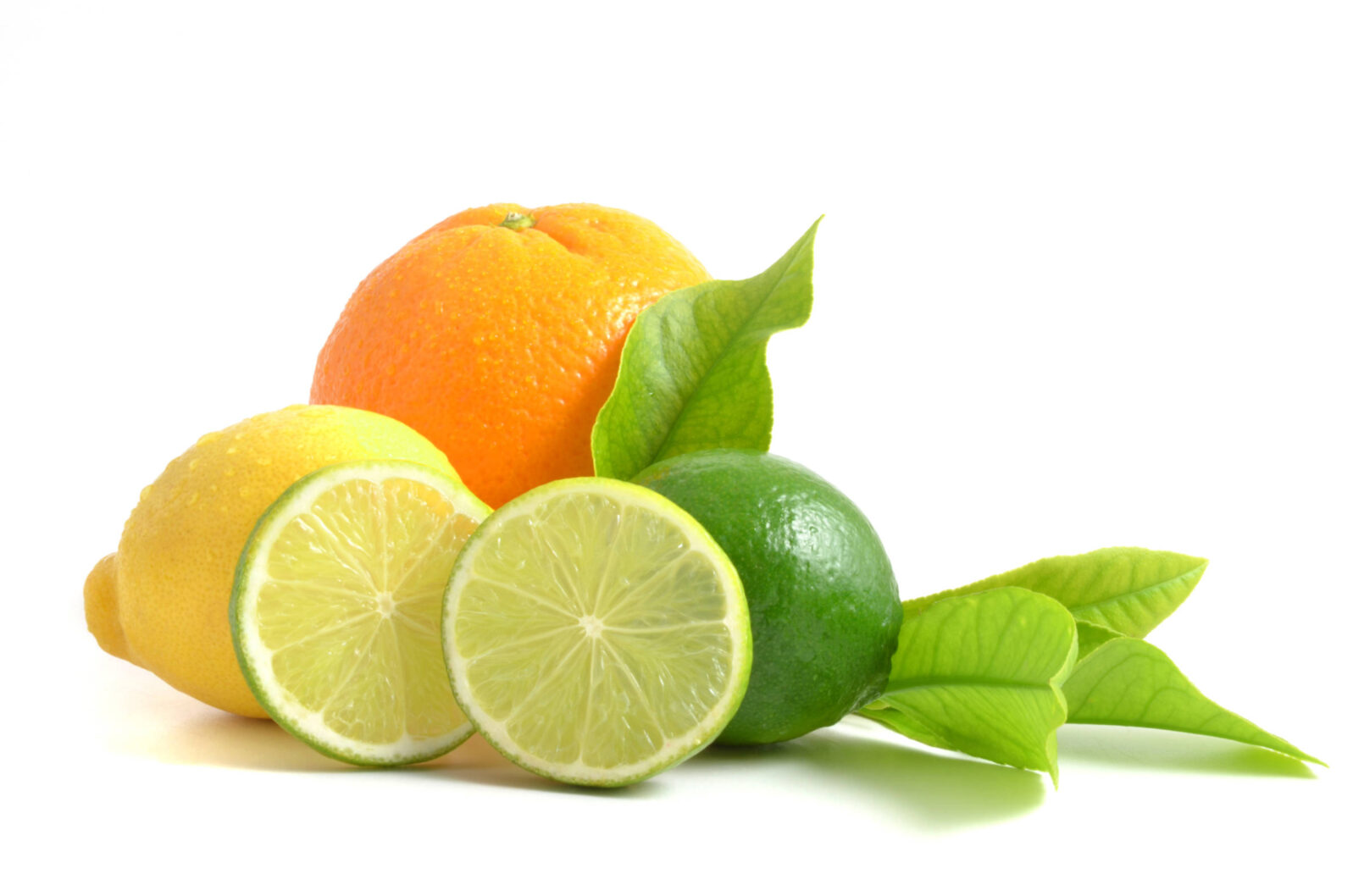How Can Mind Interact with Matter?
Nature itself provides examples of how the immaterial interacts with the materialMany people who are not committed to a purely materialist view of human life nonetheless have problems with a dualist one, that is, with a view that says that humans are both material and immaterial, that is spirit plus matter. They ask, how can an immaterial substance such as spirit interact with a material substance such as matter? It’s a good question.

Early modern philosopher René Descartes (1596–1650) (left) suggested substance dualism as an alternative: “I am present to my body not merely in the way a seaman is present to his ship, but . . . I am tightly joined and, so to speak, mingled together with it, so much so that I make up one single thing with it.”
Setting aside its metaphysical difficulties, substance dualism, has failed to gain widespread acceptance in large part because of the interaction problem: How can an immaterial substance such as spirit interact with a material substance such as matter?
From the modern materialist perspective, this question has no obvious answer. The materialist discards Cartesian dualism on that basis. I am not a Cartesian dualist and I believe that Cartesian dualism is on the whole an unsatisfactory metaphysical framework but it is a stronger framework that materialists claim. The interaction between an immaterial entity and matter is not as problematic as materialists would have us believe.
From the hylemorphic perspective—the one I take—matter and spirit interact in the same sense that matter and form interact. Form is the organizational principle–the intelligible principle–behind the thing. Matter is what individuates something. Form is what makes it real rather than potential. Form determines the properties of matter.
A simple example from chemistry will help: It is the property of certain things to exist as mirror images of each other; my right and left hand are an obvious example. From the standpoint of matter, my hands are identical. They have the same bones, muscles and nerves. What makes them different is their form. My right hand is a mirror image of my left hand. That is, it is the form alone—the organization of my hand—that makes the difference, rather than the matter of which my hand (right or left) is composed.
Chirality is a property of asymmetry. The same chirality exists in many molecules and chirality plays an essential role in biochemistry. Most biomolecules are chiral, and the function of biomolecules is tightly linked to their chirality. “Right-handed” glucose is metabolized by the body. “Left handed” glucose is not.
The difference between the smell of oranges and of lemons is due to chirality. The molecule—limonene—smells like lemon or orange according to its chirality alone—to its form, not to its matter.
There are more troubling examples. One chiral form of thalidomide is harmless to humans. The other chiral form of thalidomide is highly toxic to developing embryos (thalidomide babies). All amino acids (the building blocks of proteins) in living things are L-amino acids (‘left-handed’). D-amino acids (right-handed) are not found naturally in proteins, but are found is some bacterial cell walls.
The relevance of chirality to substance dualism and the interaction problem—how can something immaterial interact with something material—is that chirality is a beautiful example of how form alone—immateriality—can determine the properties of matter. Chiral substances are materially identical but formally different—different only in their organization, not in the matter of which they are composed. Immaterial properties can completely determine the functional powers of matter.
This distinction does not entirely solve the interaction problem in Cartesian dualism. But the chirality we observe in biochemistry demonstrates that formal reality alone—immaterial reality—has the power to determine the powers of material substances. Spirit can interact with matter in the same way that form interacts with matter.
Cartesian dualism has its problems as a metaphysical perspective but the materialist critique that the interaction problem is fatal to dualism is evidence for the vacuity of the materialist perspective and not of an inherent inability of immateriality to interact with matter.
Nature is pervaded by immaterial forms that determine the properties of matter. This interaction is well recognized in science. It is in this sense that spirit and matter can and do interact.
More by Michael Egnor on the interactions of mind and body:
Four researchers whose work sheds light on the reality of the mind The brain can be cut in half, but the intellect and will cannot, says Michael Egnor. The intellect and will are metaphysically simple.
Atheist psychiatrist misunderstands evidence for an immaterial mind Patients with massive brain damage were shown to have a mental life
and
A materialist neuroscientist continues the argument with himself. On the topic of “intellectual seizures,” he seems committed to both points of view
